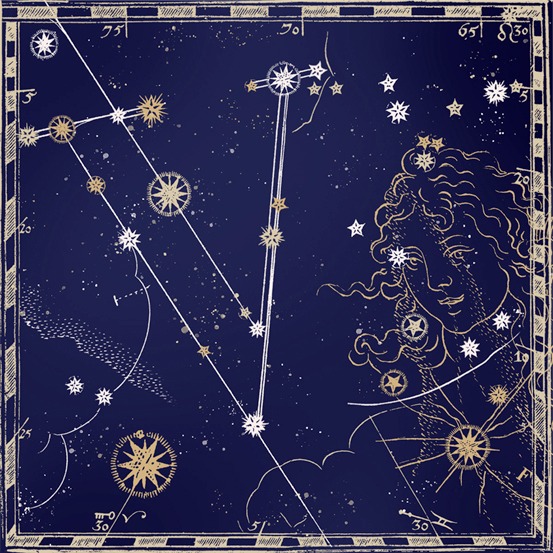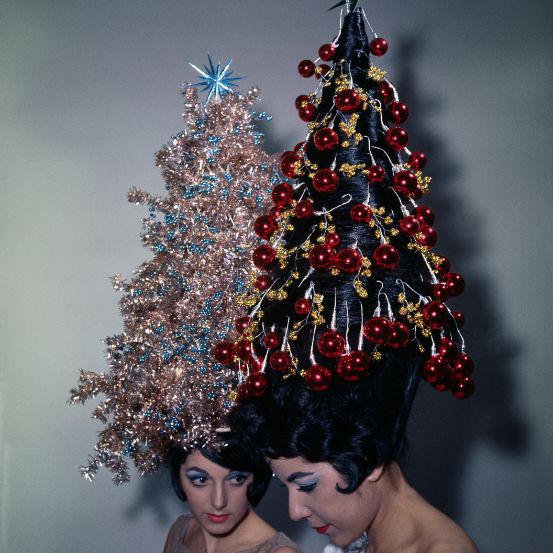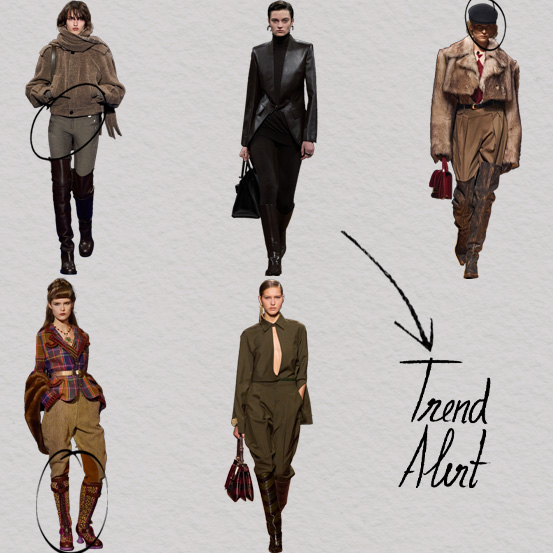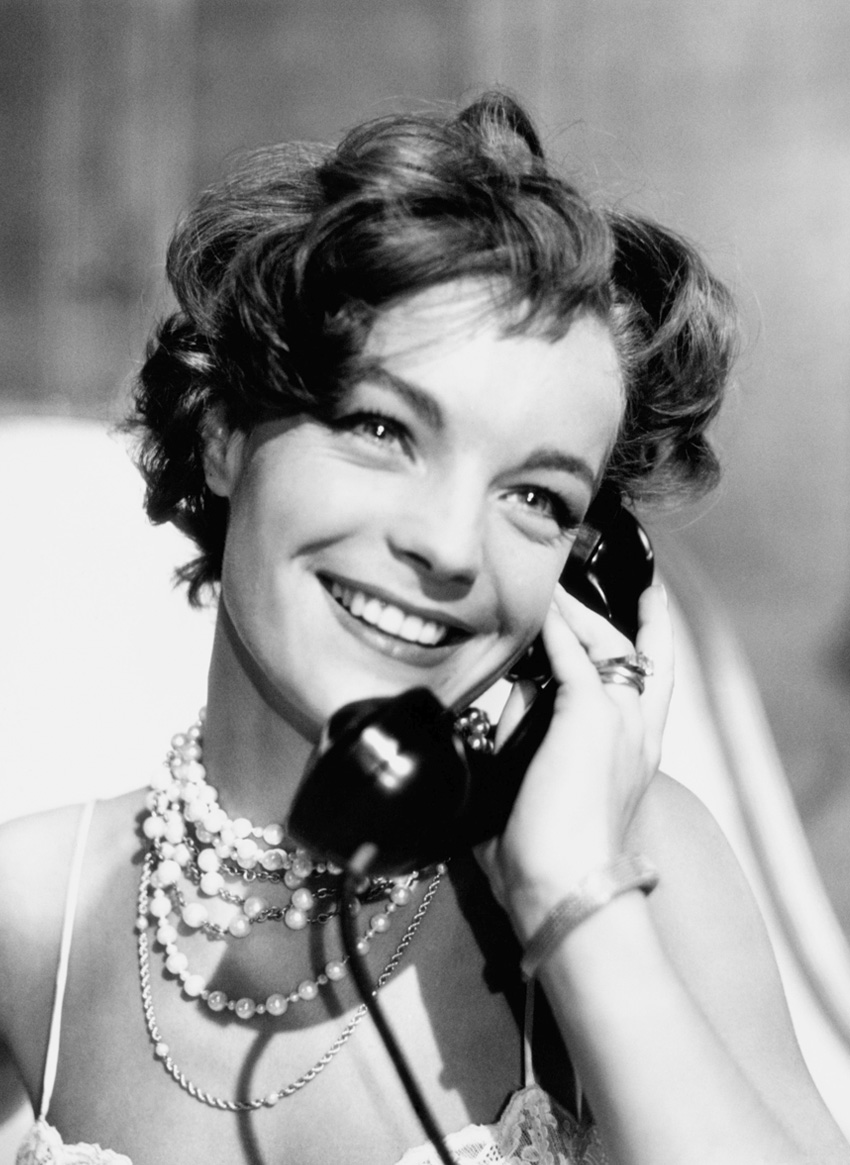The Memories Issue
For a century, the Trinity has been one of the most coveted rings in the world. Its success story epitomises Cartier's philosophy: to combine a modern vision of design with classic, timeless lines.
Legend has it that Jean Cocteau liked to wear his on the little finger of his left hand. In fact, in the case of the writer, filmmaker, painter and playwright, among many other epithets it was two Trinity, stacked one on top of the other, to reinforce the power that those six "rings" carried. And, perhaps, to make up the personality of the author of The Human Voice, he had a habit of moving the three filaments that made up the ring up and down, as if it were one more gesture that defined him. It seems that he even gifted a Trinity to one of his partners, with the following dedication: "The first band is for you, the second is for me, and the third is our love." Fabulations aside, it's well known that Cocteau, one of the fathers of surrealism, had a close relationship with Louis Cartier - who was also passionate about cosmology, and doesn't there seem to be a link here to Saturn's rings? - the real "culprit" behind the Trinity's existence. This cult ring, which lies on the border between jewellery and sculpture, feminine and masculine, playful and symbolic, was born from the jeweller and watchmaker's imagination in 1924, the year it can be found for the first time in the maison's records. The Trinity (a name that would only officially appear in 1981), with its three strands of rose gold, yellow gold and platinum masterfully interwoven, was enthusiastically received, as was the bracelet of the same name later on - and various iterations of the ring, which in the 1990s "increased slightly" in size (a sign of the times) and at the turn of the century, when it became even more precious, with the appearance of an option completely covered in diamonds. Several public figures have been seen wearing the Trinity over the decades, elevating it to cult status: from Princess Grace of Monaco to actor Alain Delon, via Romy Schneider, Gary Cooper or Diana of Wales, it has become, like other Cartier pieces, a symbol of French spirit and elegance. In addition to its unusual and ground-breaking design, the Trinity owes its success to its powerful symbolism. It is a piece loaded with meaning and susceptible to multiple interpretations: it can be passed down from generation to generation as a family heirloom, it can be offered as a gesture of affection and friendship or, of course, it can be given as a token of love. Its irreverent shape gave the Trinity, a hundred years earlier, the power to attract all those looking for something to eternalize unforgettable moments. And now, a century after its creation, it continues to please all those who wish to celebrate the emotion of beautiful things. Like Saturn's rings, constantly in orbit around their planet...
Originally published in The Memories Issue, from April 2024. Full stories and credits are in the print version.
Most popular


Relacionados





 (15).png)
